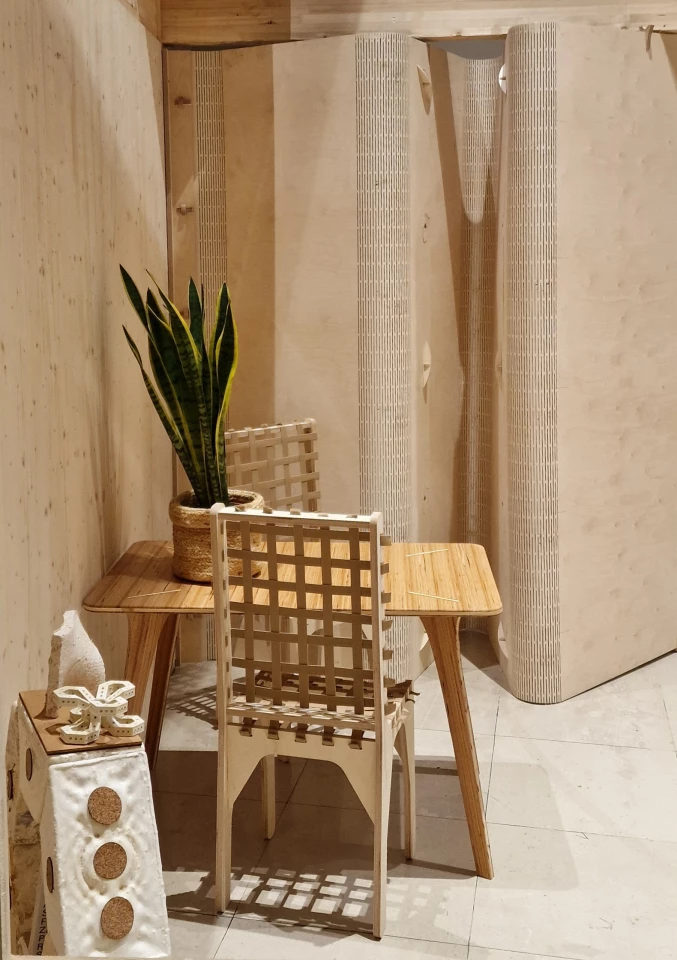Knocking down a wall – or walls – to create an open-plan living space can be expensive and not very environmentally friendly. With the development of moveable wooden partition walls that can be positioned right where you want them, ‘knocking through’ may become a thing of the past.
‘Knocking through’ means removing an internal wall to connect two spaces or create an open-plan area. Typically, people want to open up a space when there has been a change in circumstances – the arrival of a baby or when grown-up children move out, for example.
But knocking down an internal wall is not cheap. According to Forbes, the cost can be anywhere from US$400 to $13,000, depending on whether the wall is load-bearing. Then you have to factor in the cost of obtaining a structural engineer’s report, which is an additional $400 to $1,200, and any changes that need to be made to plumbing and electrical wiring.
But what if you didn’t need to knock down walls and build new ones? Researchers at the University of Cambridge’s Center for Natural Material Innovation partnered with PLP Architecture to create "Ephemeral", innovative, flexible partition walls made from engineered wood.
“If you have lots of money, you can hire a designer and alter the interiors of your house, but if you don’t, you’re stuck with very rigid systems that could be decades out-of-date,” said Ana Gatóo, who led the development of the walls as part of her PhD research. “We want to empower people to make their spaces their own.”
The walls are made using kerfing, which allows the wood to bend without breaking. Simply put, it entails putting a series of cuts (kerfs) in a piece of wood in close proximity so that the wood can be curved. It’s a technique commonly used to make guitars and other string instruments.

“Self-assembly and modular furniture have improved so many people’s lives,” said Gatóo. “We’ve developed something similar but for walls so people can take control of their interior spaces.”
The moveable wood can be used when building a new house or retrofitted into an existing one. While renovation is more eco-friendly than constructing a new house, there are still factors that affect its sustainability, such as material selection and the scale of the project. The researchers say their walls avoid the carbon emissions that accompany interior demolition and renovation, and, what’s more, they’re reusable.
“We’re using engineered timber, which is affordable and sustainable,” Gatóo said. “It’s a natural material which stores carbon, and when you don’t need it anymore, you can make something else with it. So you are creating minimal waste.”
The researchers envision their walls being used in homes as well as workplaces and consider that they may be instrumental in creating affordable, environmentally friendly housing.
“I’ve worked in development and post-disaster housing with NGOs [non-governmental organizations] in many countries around the world, always using sustainable materials,” said Gatóo. “When I started my PhD, I wanted to merge making housing more affordable and social with technical innovation and sustainability. This is what our cities of the future need – caring for people and the environment at the same time.”
"Ephemeral" will be on display as part of the London Design Biennale at Somerset House, London, from the 1st to the 25th of June 2023.
Source: University of Cambridge





